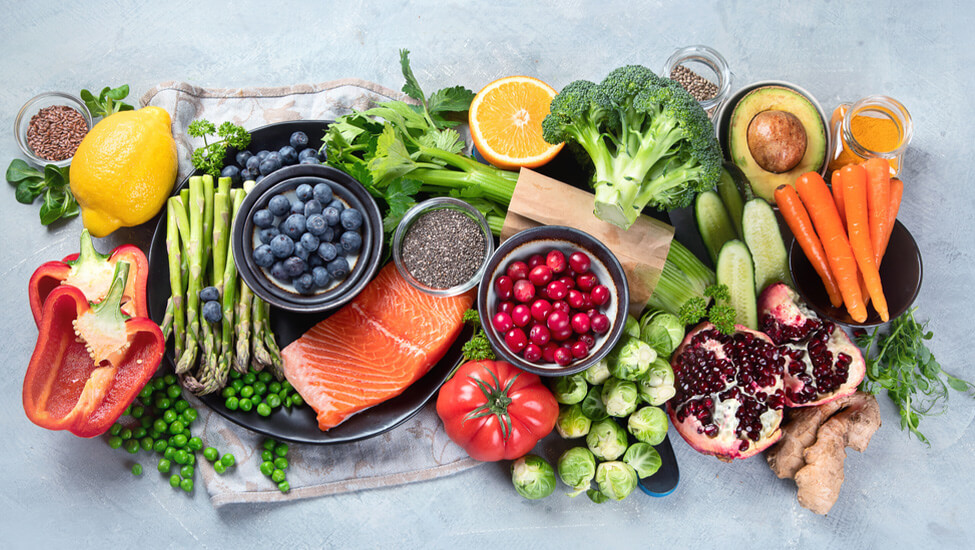Begin by replacing conventional fruits and vegetables with organic options. Focus on items that are known to have higher pesticide residues when grown conventionally, such as strawberries, spinach, apples, And bell peppers. Prioritize Animal Products Choose organic meat, poultry, eggs, and dairy products when Never possible. Organic animal products come from animals that have been raised in more humane con, ditions without the use of antibiotics or hormonesRead Labels Look for the USDA Organic seal or certific Ation on food packaging. This indicates that the product meets organic standards set by the United, States Department of Agriculture.
Choose Organic Food Not Only For a Healthier You But For Happier Planet Too. It’s A Conscious Choice That Nourishes Both Body And Earth.
Mr Masuqe Billah
Visit local farmers’ markets or join a community-supported agriculture (CSA) program to access fresh, locally grown organic produce. Not only does this support small-scale farmers, but it also reduces the environmental impact of transporting food long distances.Grow Your Own Consider starting a small organic, Garden at home, even if it’s just a few herbs or vegetables in pots on a balcony or windowsill. This allows You to have control over the growing process and ensures that you’re.
Tips For Incorporating More Organic Food:
Begin by prioritizing organic options for produce listed on the Environmental Working Group’s Dirty Dozen list. These are fruits and vegetables that tend to have the highest pesticide residues when.

Opt for organic meat, poultry, eggs, and dairy products whenever possible. Look for labels indicatingthat The products are certified organic and have been produced without antibiotics, growth hormones, or GMO feed.Shop at Organic Grocery Stores or Sections Visit organic grocery stores or sections within con Ventional supermarkets to explore a wider variety of organic options. These stores often carry a range of Organic products, including fresh produce, pantry staples, and prepared foods.
